Seagulls have been causing bother to Dundee residents – pinching their sandwiches, defecating all over their shiny cars and divebombing their pets since, well, basically forever.
They are particularly aggressive during breeding season, from late March through to September, as they protect their nests or young chicks, often atop buildings in the city.
But, despite their apparent omnipresence, several gull species were recently added to the red list – the highest level – for British bird species of concern.
This includes herring gulls and lesser black-backed gulls: the two most common urban gull species.
And while shoppers, business-owners and parents are driven to distraction, supporters of the birds are calling for more tolerance, understanding and even compromise.
“One of the best things we can do in urban areas is learn to live with them,” says the RSPB’s James Silvey.
But are people in Dundee prepared to do that?
‘A seagull stole my wallet’
James Bouin, 25, was living in a third floor flat on Commercial Street in 2021 when a gull stole his wallet, which was sitting on a table next to the window.
The games designer, who now lives in the Hilltown area, recalled: “I heard a noise so I opened the door [to the living room] and saw the seagull with my wallet in its mouth.
“It flew off with it and probably dropped it when it saw it wasn’t edible.
“The next day I got a call from hotel down the road who found it, but with no cash in it.
“[It] probably made someone else’s day.”
More recently, he was enjoying a doughnut with his girlfriend outside the Overgate shopping centre when a gull swiped it from his hand.
“I only had three or four bites and then that was it,” he said forlornly.
Other stories were less humorous.
One pensioner, who lives in a retirement complex on Gordon Street, said that gulls nest on the roof of her home and those nearby every year.
The woman, who did not wish to be named, said: “There’s a lot of really elderly people who use walkers in this complex and the seagulls divebomb them and nearly knock them off their feet.”
She added that she and other residents are kept up at night by the birds, which start “squawking” as early as 3am.
“Some of the tenants have lived here for 20 years and they say they have always had to put up with this,” she said.
Gulls are protected by law
When we asked Abertay Housing Association if anything had been done to tackle the issue, chief executive Barry Moore said: “In the absence of a legalised cull, I’m afraid there isn’t a great deal we can do.”
Gulls, like all wild birds in Great Britain, are protected by the Wildlife and Countryside Act 1981.
This makes it illegal to intentionally injure or kill any gull or damage or destroy an active nest or its contents.
However, government licences allow the killing of urban gulls where a significant risk to public health or safety has been identified.
Susie Gordon, 50, told us that her Border Collie Jack is targeted by gulls every day during the breeding season.
It happens when she is walking to and from work – dog in tow – in the city centre, specifically near the Wellgate Centre on Victoria Road.
“They make a screeching noise when we pass and the dog will know what is about to happen,” she said. “And the seagulls will swoop down.
“Jack has got to lie on the ground because they get that low where they are nearly touching him.
“It’s a shame. He is petrified of them.”
Susie has taken to throwing one of Jack’s balls in the air or waving a bag in the air above her head during their walks to deter the birds.
Dundee eateries forced to replace food and smashed plates
Dundee eateries are also well-acquainted with gulls.
Emma Gannon, who owns Empire State Coffee on Whitehall Crescent, said: “If anyone sits outside you have to warn them that the seagulls could come and disturb them and steal their food.
“If the birds get to the table before we manage to clear it they will smash our dishes.”
The cafe often needs to replace stolen food, pinched out of customers hands as they are leaving.
Mobolaji Adeniyi, the director of Gidi Grill in City Square, said his venue has experienced the same issues.
He says it is people who feed the birds that are to blame.
He said: “When you give one of the seagulls food, they all come down.
“I have put umbrellas on every table outside which I think that has reduced it a bit.”
How is Dundee City Council tackling the problem?
Dundee City Council appears committed to dealing with some of the issues caused by urban gulls.
Its pest control officers removed 82 nests and 24 eggs from 14 sites during this year’s breeding season.
A spokesperson explained that this is only done when the birds are causing a “public health or safety concern”, in line with the law.
They said that it “greatly reduces the incidences of aggressive behaviour”.
The spokesperson added: “The solution is very rarely destroying the birds, as other birds will move in.
“Non-lethal methods are preferred.”
This includes physical methods designed to prevent nesting on buildings, such as netting, spike systems and pin and wire systems.
Gulls at risk of extinction, say bird experts
But according to marine conservation experts, some species of urban gulls could become extinct.
The great black-backed gull and common gull have joined the herring gull on Britain’s list of most at-risk seabird birds after “severe population declines”.
James Silvey, senior species and habitats officer at RSPB Scotland, says that the UK’s seabirds are facing a multitude of challenges.
Climate change is a big one.
James said: “As the climate changes, food availability becomes more unpredictable.
“For our seabirds, that’s fish.
“It might be that fish populations are moving north or south, so it is becoming more difficult for our seabirds to find the food that they need.”
In addition, storms brought about by climate change makes it more difficult for seabirds to forage.
The loss of natural breeding sites, overfishing and outbreaks of bird flu have also played a part in their decline.
All this goes some way to explaining why chip-stealing gulls are a fixture of our city landscapes.
James explained: “What gulls really want is a safe place to breed during the breeding season.
“And roofs and our cities provide that space because they are largely predator-free.
“But also, we are pretty messy in our cities.
“We leave out litter and food scraps.”
Why we must ‘learn to live with gulls’
So, what can people do to help the gulls?
James said: “One of the best things we can do in urban areas is learn to live with them.
“There will be certain situations where that is difficult but there’s lots of non-lethal methods that we can use to deter gulls from areas where we don’t want them to breed in favour of areas where they can breed within our urban environments.”
He added that the restoration of their natural sites would also help, while the recent ban on sand eel fishing in Scottish waters was a “major step forward” in increasing the amount of prey available to seabirds.
“Learning to live with them” sounds simple on paper, but what should people who feel intimidated by gulls do?
James says that awareness around why and when the birds behave aggressively is important.
He explained that the birds only divebomb people during breeding season because they “see us as predators” and are trying to protect their chicks.
If someone finds themselves targeted by protective gulls, he suggests holding up an umbrella “to protect yourself”.
Maintaining eye contact with the birds can also put them off swooping too low, he says.
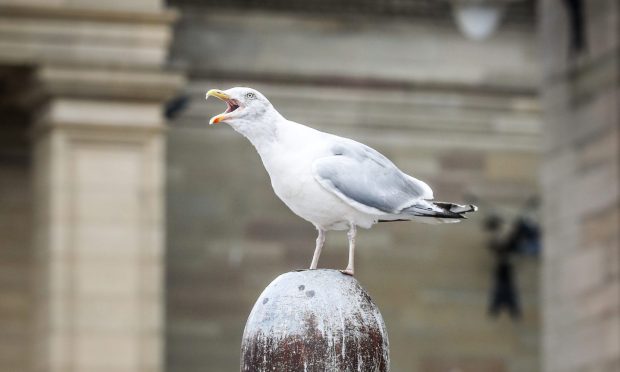
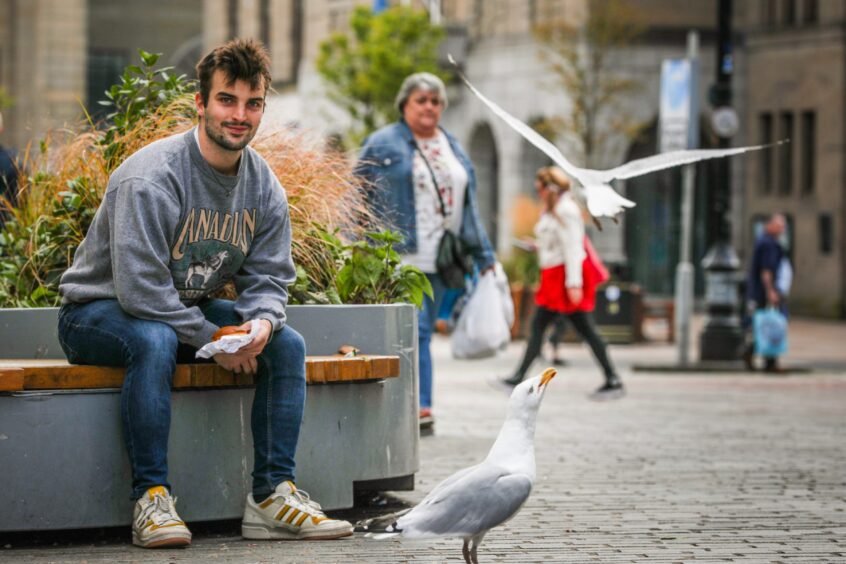
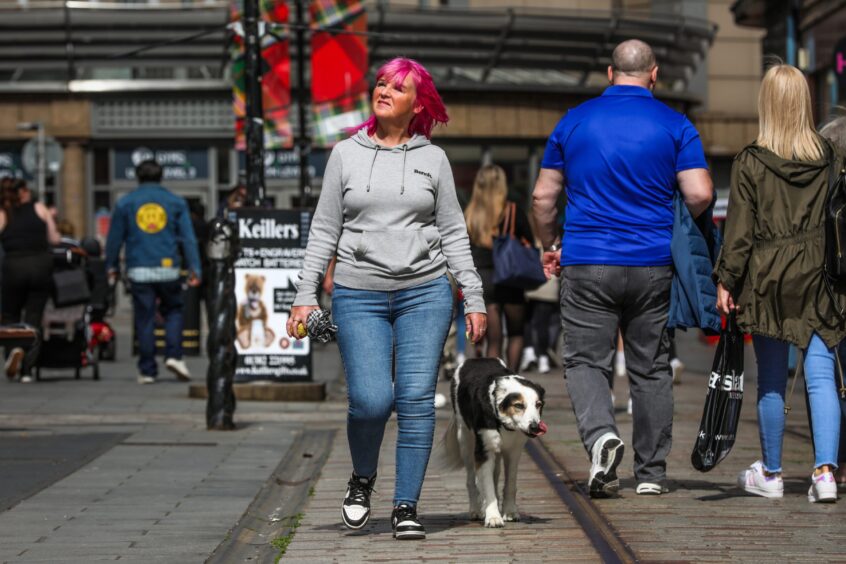
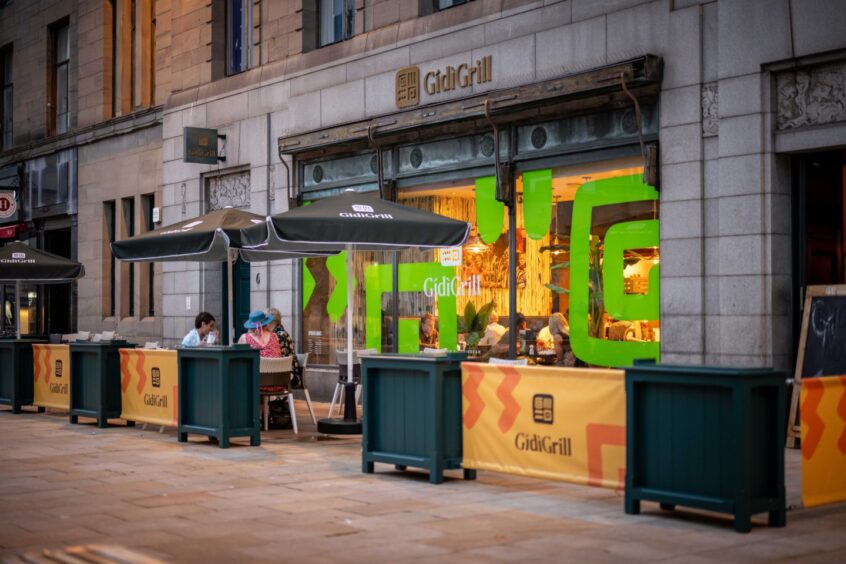
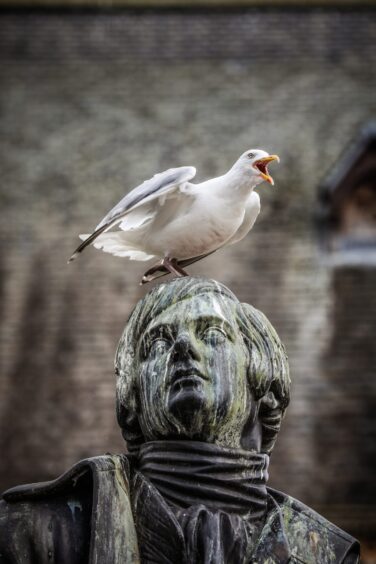
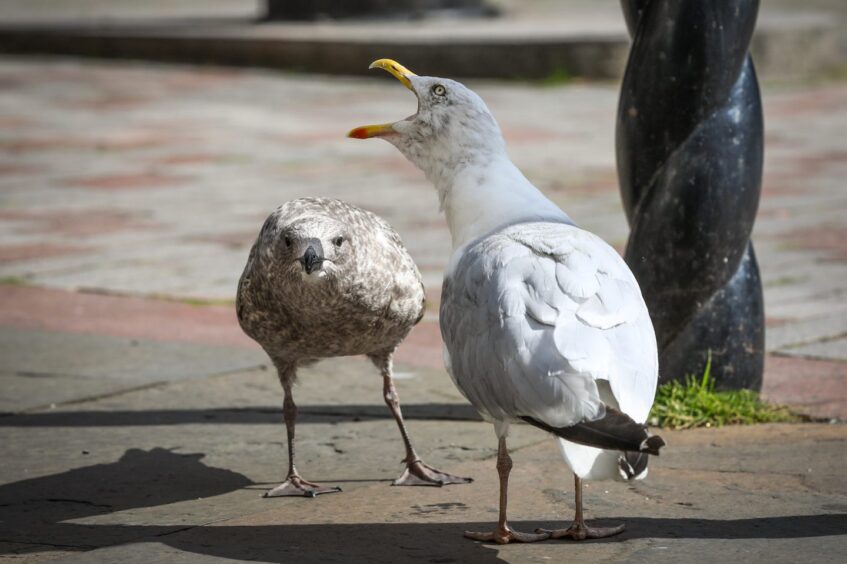











Conversation